Inside the revival of retro motels
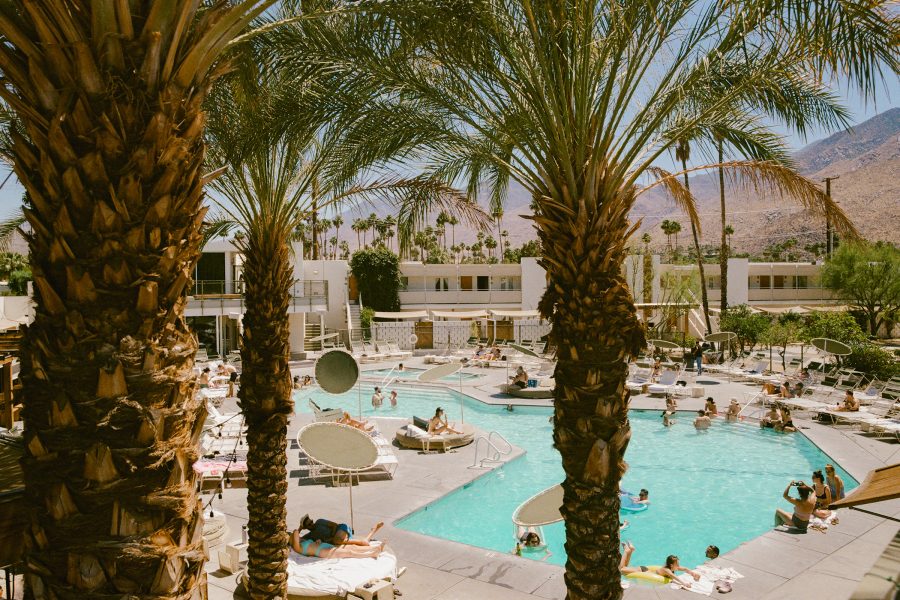
The wind in your hair, the dust under your tyres, the landscape blurring past you as you cruise down a coastal highway – few can resist the intoxicating freedom of the open road. Romanticised in film and literature, the road trip has become a fixture of the cultural imagination, beckoning travellers with the promise of authentic adventure. Alongside its rise came another emblem of auto-tourism: the classic motel.
Since American architect and developer Arthur Heineman opened the first “motor hotel” in 1925, budget-friendly stays have seen their fortunes rise and fall, with many once-popular mid-century properties falling into disrepair. Today, vintage motor lodges are seeing a revival across the United States and Australia – two destinations where the road trip remains one of the best ways to explore the vast and varied terrain.
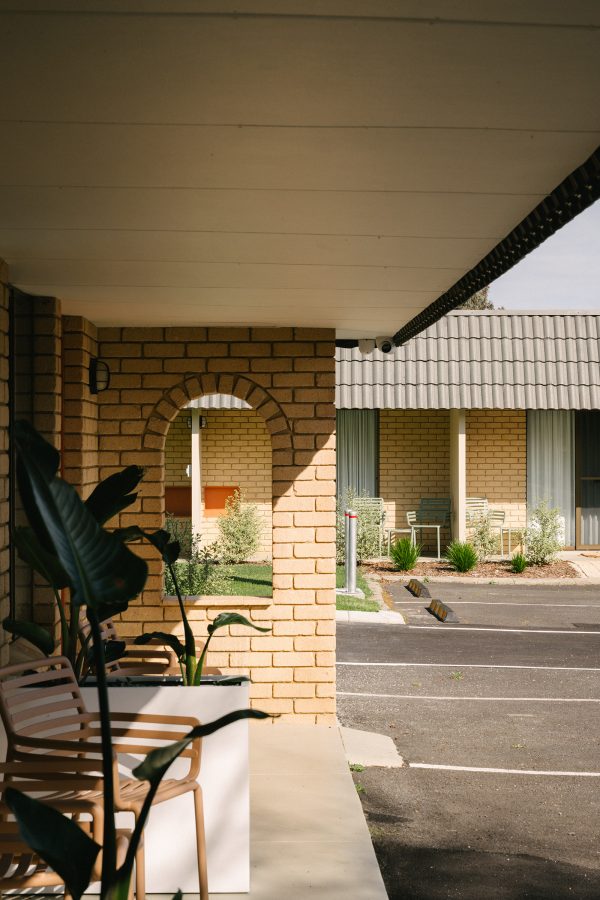
Credit: Timothee Resort

Credit: ANDYMACPHERSON
Mid-century landmarks
Heineman’s Milestone Mo-Tel in San Luis Obispo, California, revolutionised road-trip accommodation in 1925. But it wasn�’t until after the Second World War that motels became a ubiquitous feature of the American landscape.
The post-war economic boom created a burgeoning middle class with a disposable income and a hunger for leisure. It was the golden age of American automobile manufacturing, when Fords and Packards enabled long-distance travel long before commercial aviation became widespread. Car manufacturers took notice, weaving the vision into ad campaigns, including one that featured American star Dinah Shore singing “See the USA in your Chevrolet .”
But auto travellers needed places to stay. Enter the mom-and-pop motel: designed for functionality and convenience, they were often built according to a blueprint – clean, no-frills rooms and onsite parking. Some included a communal pool, themed décor and coin-operated massage beds; out front, neon signs enticed weary travellers with their welcoming all-night glow.
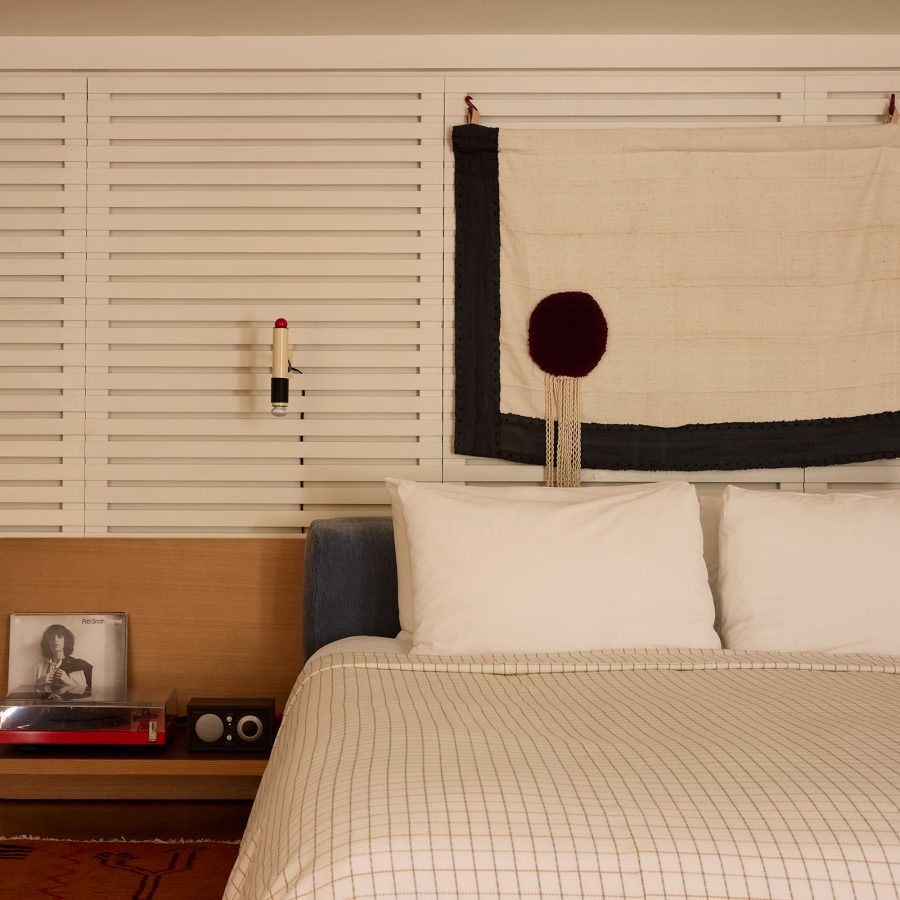
Credit: Ace Hotel & Swim Club
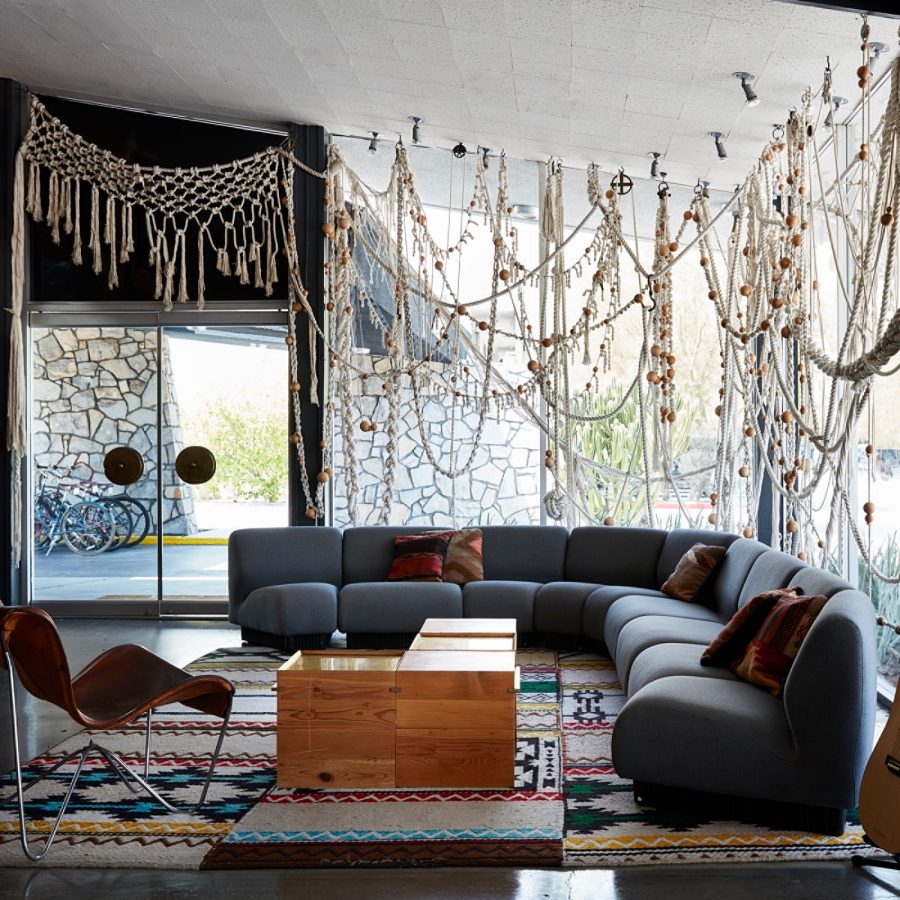
Credit: Ace Hotel & Swim Club
Reversals of fortune
By the latter half of the 20th century, motels had declined in popularity. But trends go in cycles, and two decades and several million-dollar refurbishments later, they’re back. “In a world of bland, homogenised chain hotels, checking into a classic motel is the perfect accompaniment to any road trip,” says Ellie Seymour, travel writer and author of the forthcoming design book Vintage Motels . “They stir in us feelings of nostalgia for simpler times that probably only exist in our imaginations, and romantic notions of the great American road trip.”
Recent years have seen retro aesthetics saturating Pinterest and Instagram: think glossy images of matching pastel home goods and Slim Aarons -type socialites lounging by the pool. Social media accounts like @aprettycoolhoteltour , led by photographer couple Margaret and Corey Bienert, introduced a new internet-savvy generation to fun, kitschy suites, complete with heart-shaped tubs and pink shag carpeting. Design-conscious travellers today are chasing this fantasy, and moteliers are stepping in to deliver.
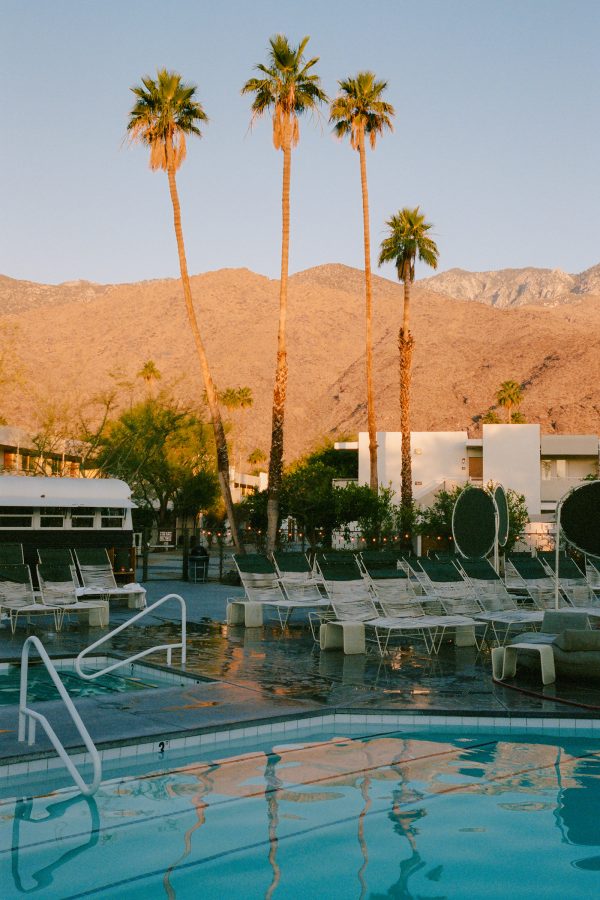
Credit: Ace Hotel & Swim Club
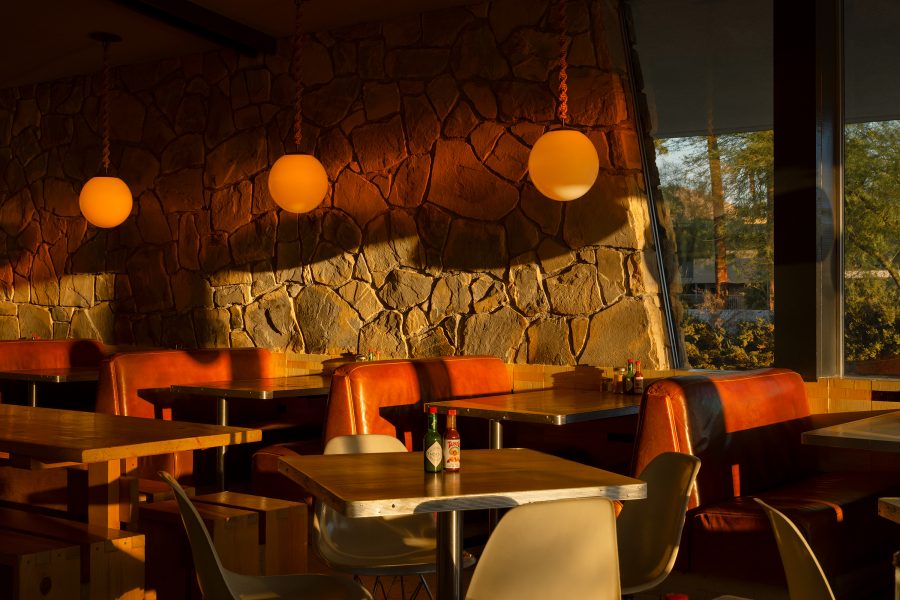
Credit: Ace Hotel & Swim Club

Credit: Timothee Resort
Modern escapes
The challenge today is to bring rundown, historic properties into the 21st century – without losing any of their old-school charm. The Ace Hotel & Swim Club in Palm Springs takes this challenge in stride. In 2009, Ace enlisted Los Angeles-based design firm Commune to transform the original mid-century Westward Ho motel into a bohemian desert getaway. “There was a conscious effort from the team to respect and maintain the unique elements of the original property,” says Meriem Soliman, Chief Brand Officer of Ace Hotel / Atelier Ace. “We reimagined the original five-structure building while preserving key elements like unearthed terrazzo floors in the restaurant and the rare, deep swimming pool.”
Ace was inspired by 70’s desert road movies, M.A.S.H. and America’s national parks, while local artists and design communities brought a special touch. “From rugs by Sofia Badaoui of Calikesh and tapestry works by Tanya Aguiñiga in the guestrooms, to Stan Bitters’ ceramic murals that frame communal fireplaces throughout the hotel, the talent of these artists was instrumental in refurbishing the property and making it what it is today,” Soliman says.
Of course, the classic motel experience wouldn’t be complete without a bite at a roadside diner. Guests at Ace Palm Springs can sup on fish tacos, smoked meatloaf and craft beer at the on-site restaurant, King’s Highway, which replaces the original Denny’s.
“A quintessential American motel experience can be defined by a guest’s feeling of nostalgia and comfort when they visit,” Soliman says, adding guests love its “adult-sleepaway-camp vibe.”
Moteliers Jamie and Alice Brady have likewise dialled up the nostalgia at The Timothée Resort, a sun-soaked getaway in Busselton, Western Australia. Classic design features from the original 1980s architecture include terrazzo stonework in the bathrooms and brick archways throughout the building, alongside tasteful muted palettes, premium bedding and high-speed Wi-Fi. The owners are especially proud of the original breakfast hatches, through which guests receive their morning order during peak season. “This is one of the most iconic motel experiences,” according to the Bradys. “There aren’t many of these [breakfast hatches] left in Australia.”
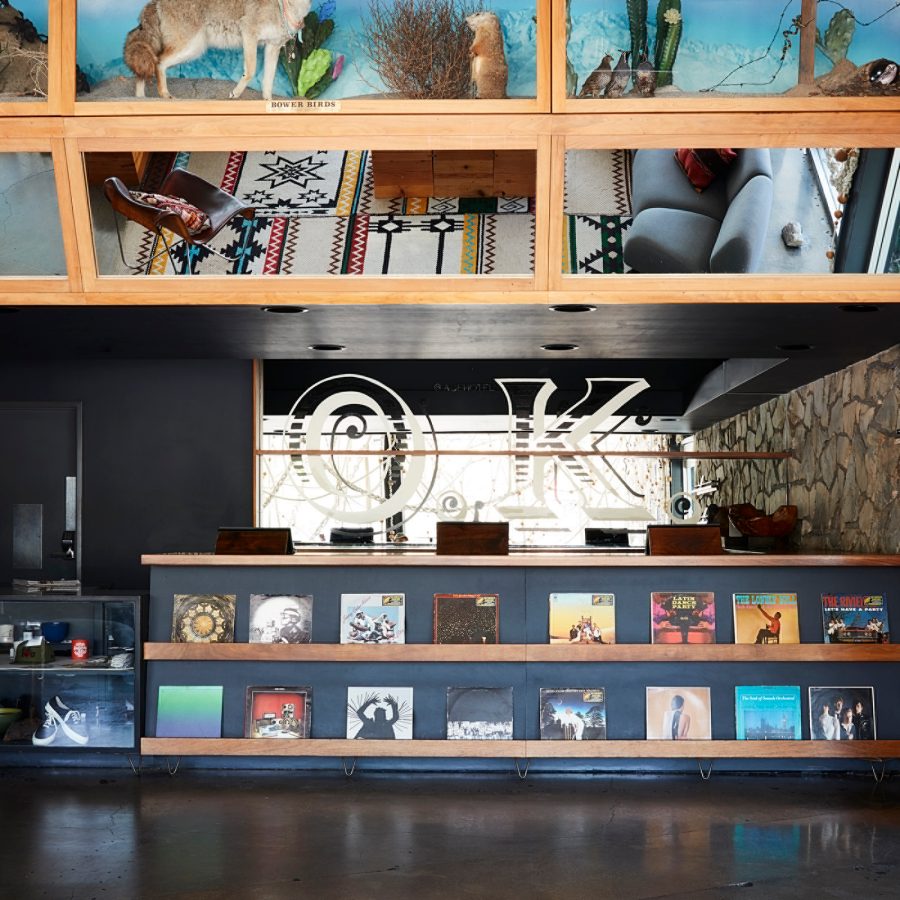
Credit: Ace Hotel & Swim Club
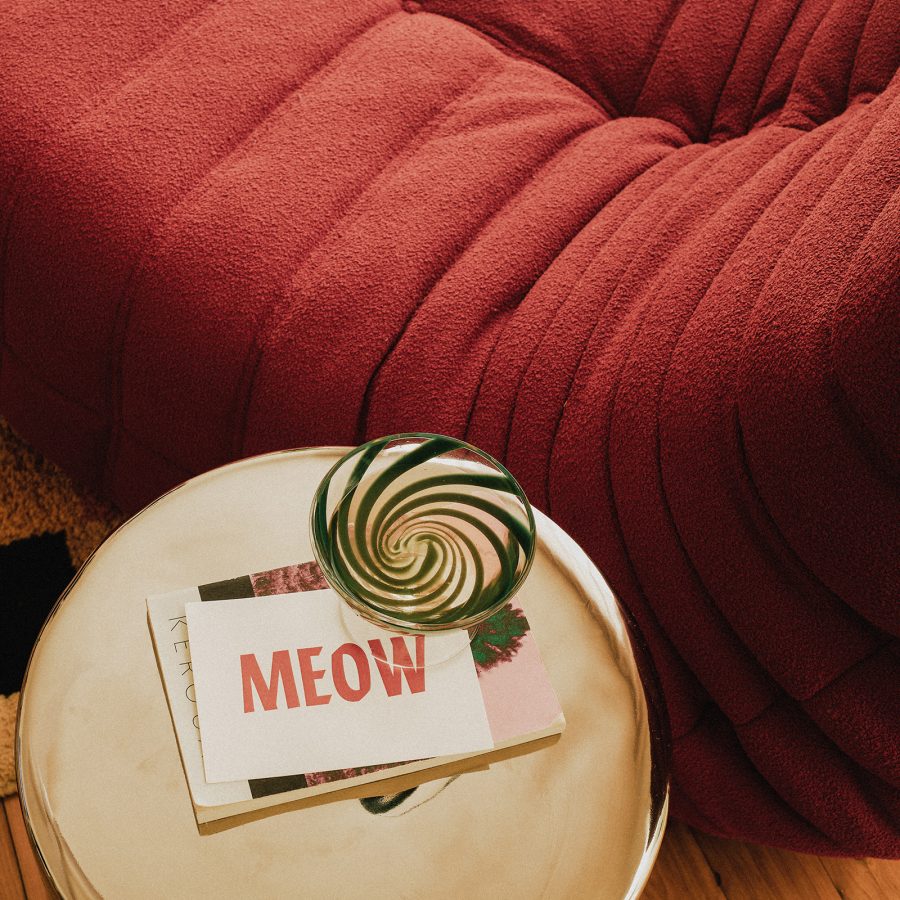
Credit: ANDYMACPHERSON
Another contemporary update is sustainability. The custom recycled plastic drinks trays and “do not disturb” signs were crafted by local nonprofit Precious Plastic Margaret River . “It’s a great example of how we’re embracing the old but ensuring we maintain local and sustainable practices now and into the future,” say the Bradys.
“Today’s guest wants a unique stay, but it’s not enough to just have a good-looking resort. The stay has to be luxurious, and there needs to be a story behind the brand and what we’re doing to be a sustainable accommodation provider.”
Vintage motels promise an accessible fantasy – an affordable escape to an idealised past – yet their recent successes depend on a reconciliation of retro style with contemporary demands for comfort and sustainability. Check these boxes and travellers will gladly embrace the retro-themed dreamworld, leaving their modern-day worries at their brightly painted front door.
“There’s something liberating about pulling off the highway at the end of each day, driving right up to your room, opening the door and escaping from the real world,” says writer Ellie Seymour. “And who can resist the lure of a buzzing retro neon sign?”
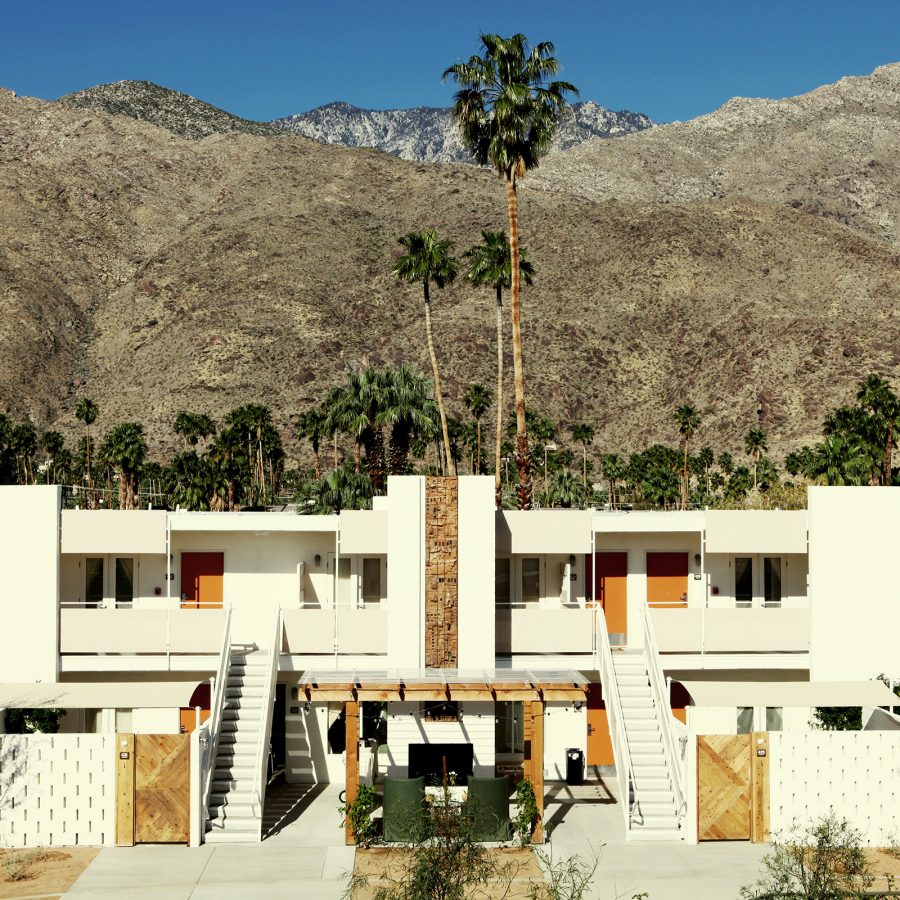
Credit: Ace Hotel & Swim Club
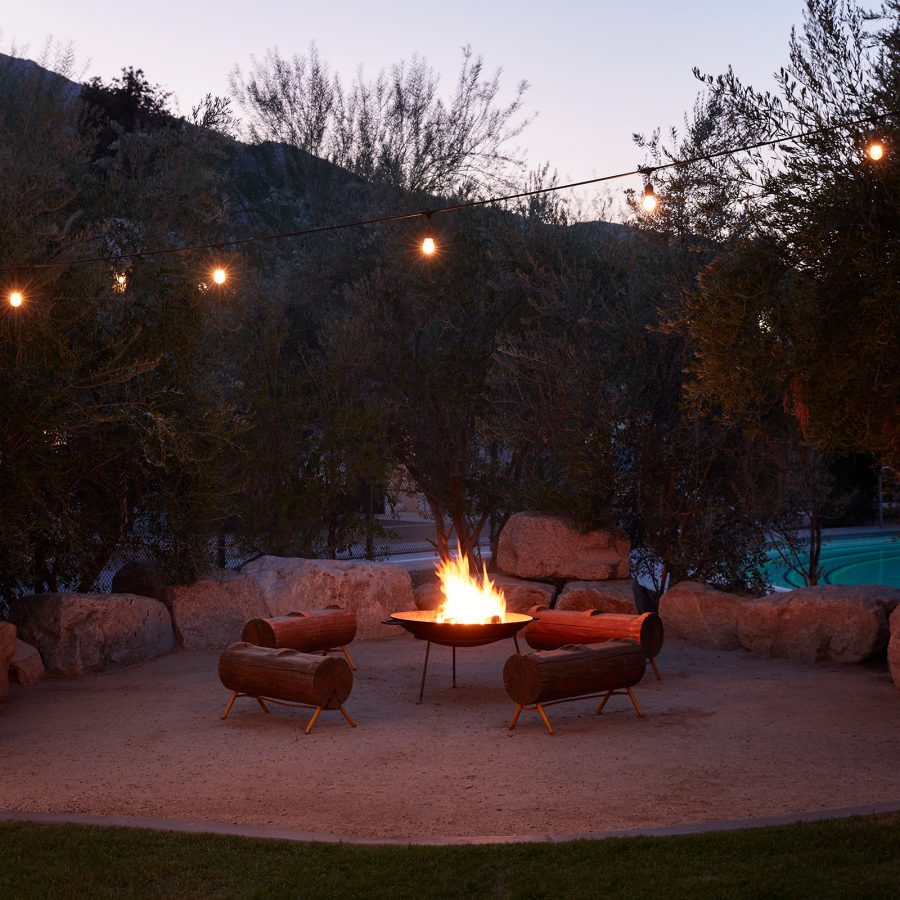
Credit: Ace Hotel & Swim Club
Where to stay
Ace Hotel & Swim Club, Palm Springs, California, US
Ace Hotel & Swim Club Palm Springs is the ultimate desert getaway, with mid-century modern design and effortless cool. Relax by the pool or the fire pit and join fun activities like sunset yoga and trivia night.
Ranch Motel & Leisure Club, San Antonio, Texas, US
First opened in 1948, the Ranch Motel & Leisure Club is an undisputed classic, elevated by luxe amenities and modern facilities such as pickleball courts. Just a ten-minute drive from The Alamo, it’s the perfect stop on your Texas road trip.
The Timothée Resort, Busselton, Western Australia
The Timothée Resort stands out, from its Mediterranean-meets-California style to the vintage basket-fronted bicycles that guests can use to explore the leafy riverside property. Mingle with locals over Indian food at the popular on-site restaurant, The Curry Port.
The Cheshire Cat Motel, Gold Coast, Queensland, Australia
About an hour’s drive from Brisbane, The Cheshire Cat Motel is a lovingly restored 1960s property with quirky décor and warm communal spaces. There’s also an appointment-only hair salon on-site, in case you want a post-swim blow-dry.
More inspiration
- China – the Chinese Mainland, Hong Kong SAR, Macao SAR and Taiwan Region
- Hong Kong SAR - English
- Chinese Mainland (China) - English
- Taiwan, China - English
- 香港特別行政區 - 繁體中文
- 中国內地 - 简体中文
- 中國台灣 - 繁體中文
- Africa
- South Africa - English
- Asia
- Bangladesh - English
- Korea - English
- Singapore - English
- Cambodia - English
- 한국 - 한국어
- Sri Lanka - English
- India - English
- Malaysia - English
- Thailand - English
- Indonesia - English
- Maldives - English
- ประเทศไทย - ภาษาไทย
- Indonesia - Bahasa Indonesia
- Myanmar - English
- Vietnam - English
- Japan - English
- Nepal - English
- Việt Nam - tiếng Việt
- 日本 - 日本語
- Philippines - English
- Australasia
- Australia - English
- New Zealand - English







